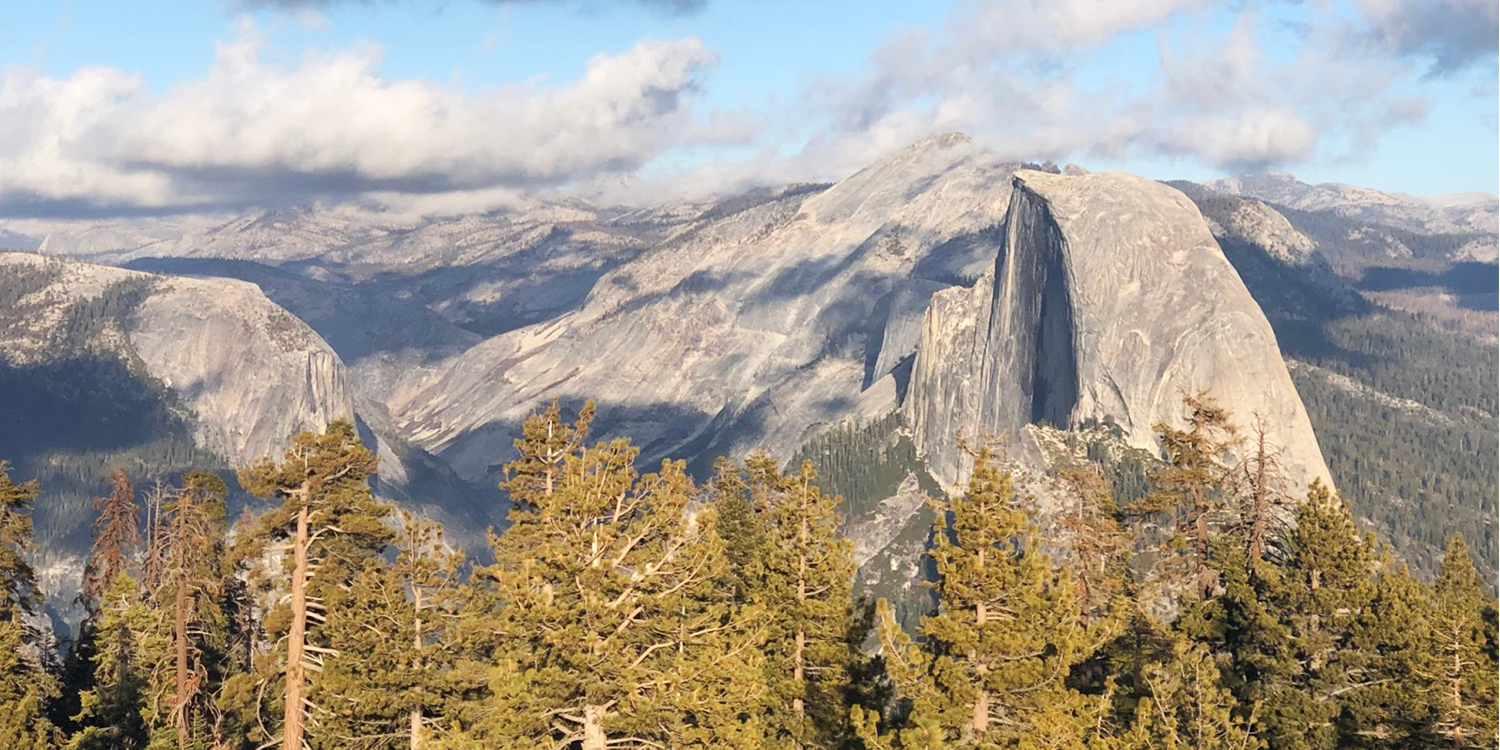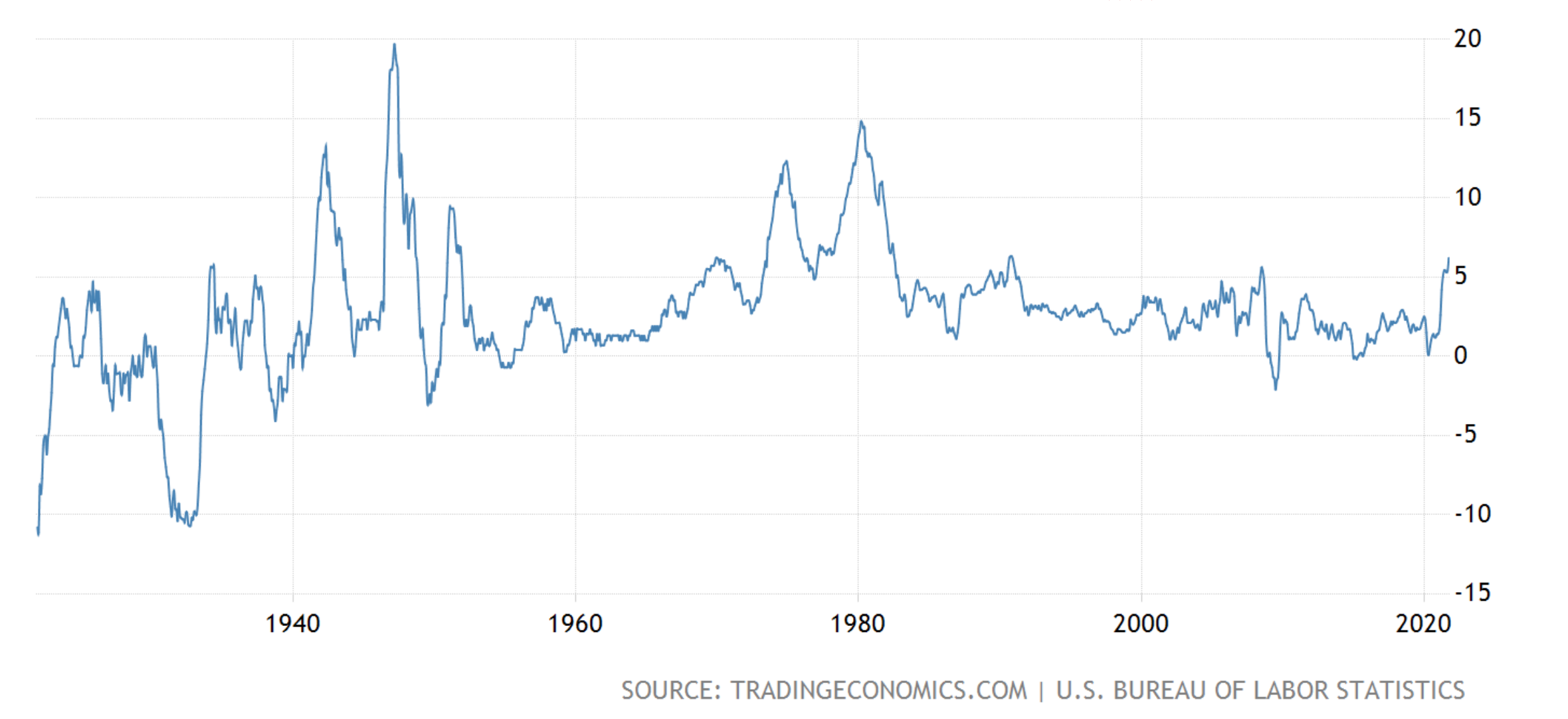6 Challenges for CMOs in 2022

By Adam Kleinberg
Soaring inflation, the supply chain crisis and the ongoing pandemic will provide a backdrop as marketers tackle challenges and opportunities from cookie deprecation to the Great Resignation to the rise of the Metaverse.
Last week, my family had our annual trek to Yosemite National Park. As we climbed to the top of Sentinel Dome, we took in the epic slice of granite carved out of Half Dome. It was impossible not to reflect upon the magnitude that persistent, massive force can have upon the environment.
For Half Dome, it was a glacier. In 2022, CMOs will face similarly tectonic global forces that will reshape the industry and the business outcomes of their marketing efforts.
Soaring inflation, the supply chain crisis and the ongoing pandemic will provide a backdrop as marketers tackle challenges and opportunities from cookie deprecation to the Great Resignation to the rise of the Metaverse.
Here are a few issues and implications the team at Traction has been thinking about as we help our clients plan for 2022.
1. The Inflation Paradox
I recently had breakfast with the CEO of a CPG food brand. He told me that over the past year, their ingredient costs had risen 40% and packaging costs by 25%. They'd managed to hold off on raising prices so far, but were going to be compelled to start raising prices in the new year. Of course, his company is not alone in this.
"I don't know how people are going to afford groceries," he said.
Meanwhile, unemployment remains close to 50 year lows, massive stimulus bills are about to be injected into the economy and consumer confidence is dramatically higher than a year ago.
So, what's a brand to do? Unfortunately, we have no playbook for the modern marketer. These are uncharted waters. As the chart below illustrates, while inflationary cycles used to simply be a part of macroeconomic life, since about 1980, it's been relatively non-existent. But it's climbing and will continue to do so in 2022. It was at 6.2% in October.
How will it impact brands if it climbs to 15% or 20%?
We don't know if it will, but the disruption to the economy due to COVID is unprecedented and this inflationary spike is not just driven by economic cycles—it's highly impacted by the supply chain crisis.
Again, there is no template in the digital marketing era for soaring inflation. Yet.

Price pressure will impact consumers, but it will also put pressure on profits. Brands will need to make decisions about whether to lean into marketing investments or restrict ad spend. These are the kind of decisions that marketers typically make in recessions.
For example, during the 2009 Financial Crisis, Del Monte doubled their marketing budget—and subsequently saw an 8-10% sales lift and tripled their marketing cap in 18 months.
Undoubtedly, brands will diverge in their responses to this recently unprecedented trend. Those who make the right investment decisions will reap major returns. Others who don't risk falling far behind.
2. The Great (In-House) Resignation
Brands' in-housing plans have been disrupted by "The Great Resignation" as people quit their jobs in droves this year (although if I may humble-brag for a moment, Traction has not lost a single employee in search of greener pastures in 2021).
That leaves many in-house teams without the people they need to fulfill their remit. Yet brands have made substantial investments in building those team for very good reasons.
Traction shifted our business model to become a marketing accelerator for in-house teams two years ago because we saw an opportunity to better serve the changing needs of clients. I'd like to think we were brilliant and prescient at the time, but we didn't know there was going to be a pandemic, let alone a massive talent drain at the end of it.
We've experienced substantial growth this year as brands have looked to shore up gaps in their in-house teams with our roster of world-class talent, flexible and collaborative engagement approach, and low overhead operating model. Traction's marketing accelerator may not be right for every brand, but figuring out ways to enhance in-house capabilities without dismantling them will be a priority for most.
3. Growth Hacking for Grown-Ups
Performance marketers are having a moment. As companies seek to ensure smarter investments, they are demanding that marketers be more data-driven in their decisioning than ever before. Suddenly, the demand gen guys who used to sit in the basement are leading the charge for brands.
But many of them are hitting walls as the tools and tactics they've come to rely on have evolved. The notion of "hacking" through a constant barrage of small bets, testing, signal-hunting, and throwing crap at the wall to see what sticks has been waning in effectiveness. Many e-commerce brands are scratching their heads and wondering why their CAC is soaring while they've been steadfastly loyal to "The Lean Startup" playbook that promised things wouldn't turn out this way.
The challenge they are facing is that Meta and Google command the vast of digital ad dollars—and they are algorithmically-driven platforms. They use AI to do the hacking for brands. If you make too many changes to your Facebook campaign, you throw yourself back into learning mode and hurt your performance. If you run competing campaigns, you bid against yourself and hurt your performance.
"I spend all day telling clients to do less so they can get more out of the platforms," says Christine Bensen, Traction's lead media strategist, "Tinkering is ruining your campaigns."
As platforms have matured, so must our approach to using them.
The art of growth marketing today lies in managing algorithms so you can scale spend, test hypotheses, and optimize creative while surfing on the wave of algorithms.
That is grown-up growth hacking.
4. Reach & Frequency, Meet Impact.
My friend and mentor, John Durham, recently passed away. John was an advertising legend and one of the most thoughtful marketers I ever met. I hopped on YouTube the other night and caught this interview he did in July of 2019 .
"I think brands that think about their customer will win," said John, "I'm convinced that in the 2020s, it's—know your audience and know their behaviors."
Knowing their behaviors is key to creating impact. TV viewing habits continue to shift, while OTT inventory remains limited. The net outcome is that reach and frequency are simply harder and more expensive to achieve. The importance of making an impression is more important than simply counting one.
In the interview, John was asked, what would be the number one thing he would do if he had unlimited funds to build a brand. A Superbowl spot? YouTube takeover? Stadium sponsorship?
Without missing a beat, John says, "I would go to Lufthansa, Emirates, British Airways and United and I would slut a plane out. The plane would be in my brand colors, we would brand the flight attendants' clothes, we'd create online video for them... we would create a brand experience on a plane."
You can debate whether a plane would still be a good investment two year into the pandemic, but what you can't debate is the impact that would have on everyone who experienced it, everyone they raved about it to, and everyone who read about it in the press.
Today's media equation has evolved. It's now a formula that involves reach, frequency AND impact.
5. Mixing Maladies
Omicron is getting all the headlines these days, but it's not the only malady marketers have to navigate. Nearly half of professionals have reported suffering from Zoom Fatigue. People are sick of staring at screens all day.
Events have become an increasingly important part of the marketing mix—especially for b2b brands—but even with vaccines and boosters being available to everyone who wants one, attendance to live events is not even close to back to pre-pandemic levels.
The problem is that events are extremely powerful opportunities for brands, so sticking them on the shelf indefinitely is not an attractive option.
The implication is that we need to raise the bar on the events we produce to ensure attendance and engagement. That means producing more valuable content, creating strong promotional marketing, designing frictionless platforms with strong engagement capabilities, and enabling hybrid real life and online experiences.
Drop us a line if you'd like to learn how Traction designed a best-in-class hybrid event platform for one of our clients and produced global events for others.
6. Creativity-Driven Data
A few years ago, I wrote an article in Ad Age stating that data-driven creative equals mediocre creative . The implication was that data shouldn't drive creativity, insight should.
The difference is understanding.
Data can help you avoid risk. Data can help you make incremental gains. Sometimes data provides insight. Sometimes it provides confusion. But insight is just as likely to come from the gut of a seasoned copywriter as it is from some data analyst poring over reams of spreadsheets.
The return on creativity is enormous. In fact, one study that was presented at Cannes about 5 years ago showed that the return on media investment of highly creative campaigns was 11 times higher.
Instead of simply putting lipstick on your data and calling it creative, I'd like to propose that brands should approach their data through a lens of creativity. Tests based on inspired hypotheses are most likely to deliver profound results. Ideas driven by understanding of human beings are more likely to resonate with consumers.
As John Durham reminded us, brands that think about their customer will win. It may take two or three times longer to think creatively about your customer (and write a brief) before producing creative to reach them, but the results will make it worthwhile.

Today, Traction welcomes Brian Hovis as Senior Partner and Head of Performance Marketing.

Since making the decision to go 100% remote as a business, Traction is producing quality work faster than ever before.

We’re thrilled to announce that Traction has reinvented itself.
